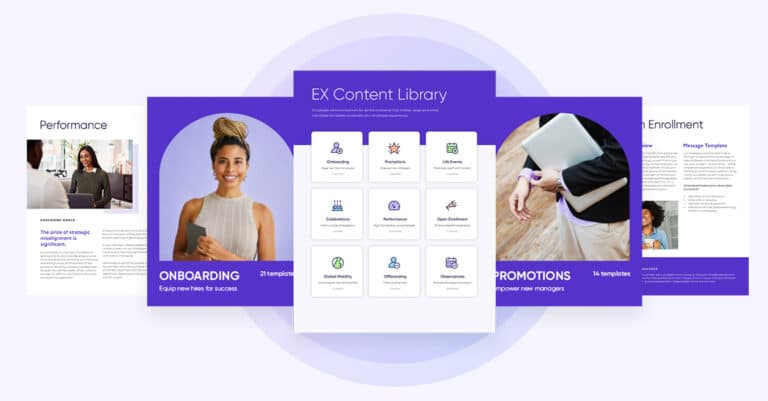I recently presented at the International Association of Business Communicators World Conference. It was an honor to speak to an amazing group of business communicators about the latest trends and thought leadership. We were all able to learn from each other during a jam-packed three-day session.
The theme of the conference was “It is Time.” My topic was perfect for the theme. It truly is time for internal communicators to think like marketers.
As an internal communicator, I have seen all too often lengthy, jargon-filled corporate emails sent to the entire organization. The read and click-through rates (if the corporate communications team even tracks this data) were low and often disappointing. Why is that?
First off, TLDR (too long, didn’t read).
The emails are lengthy, have a lot of corporate jargon, and don’t get to the point. Second, the content is not personalized or relevant for many employees included in the mass email. If you often receive emails that don’t pertain to you, you probably delete them. This means you may also accidentally ignore or delete the important emails you should have read. Also, some employees do not have access to email, so they miss the messages entirely.
Finally, employees are too busy to read everything sent to them, especially if it is long. Employees are bombarded with information daily – personally and professionally. Every day, on average, 500 million tweets and 294 billion emails are sent. Every minute, 18.1 million texts are sent.
That means internal communicators have the tough job of breaking through all this noise to ensure their important messages are received, understood, and acted upon. To do this, I suggested in my session that we begin to think like marketers with the following nine steps.
Nine steps to thinking like marketers:
- Segment your audience
- Target your audience
- Personalize the experience
- Make your communications frequent
- Ensure it’s relevant to the audience
- Use multiple channels
- Make it snackable (bite-sized communications)
- Utilize a mobile app
- Measure the results and adapt your strategy based on the data
It can also be helpful to create a value proposition for each communication campaign. That means creating a short statement that expresses the essence of your communication in a way that compels the person to act. Start every communication with “what is in it for the employee.” From there, write a concise story that quickly and creatively shares the value proposition.
I started my career in marketing and was able to bring those skills and techniques to internal communications. The best part about my experience and passion? I found a company creating an internal communications platform that is designed based on these marketing philosophies.
Firstup is passionate about making sure that communications meet employees where they are at, in a way that is accessible for them – regardless of location, role, or shift. We create a personalized experience for every employee.
Watch the full IABC presentation to learn more about how internal communicators should start thinking like marketers.












